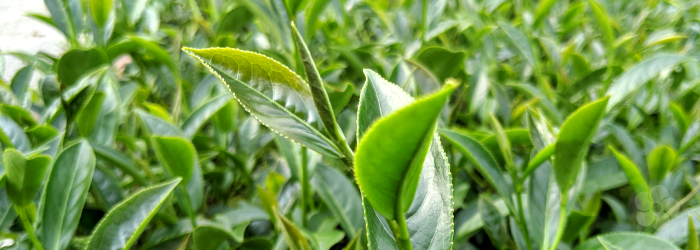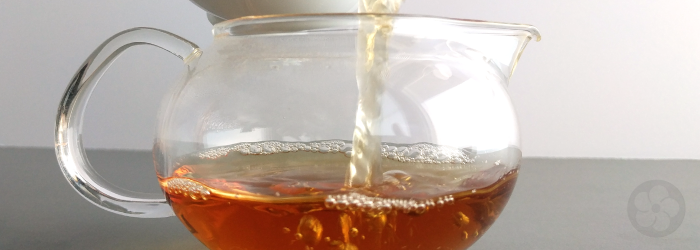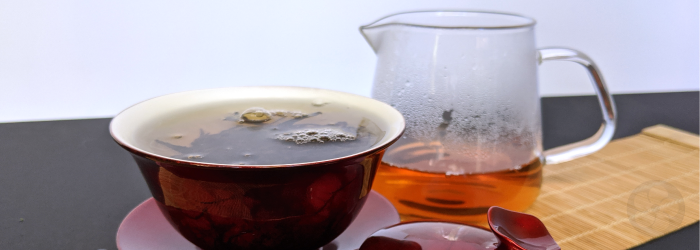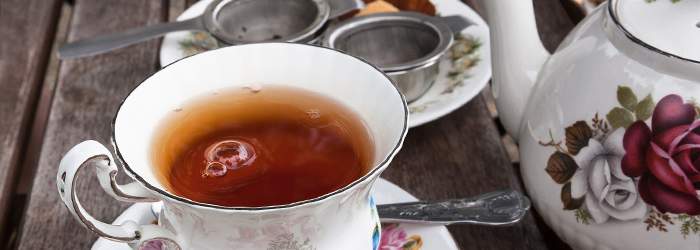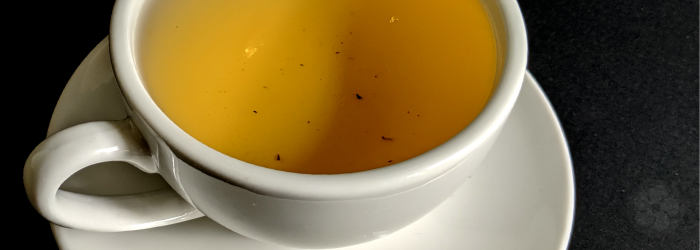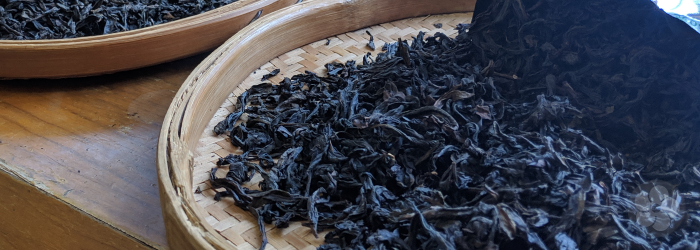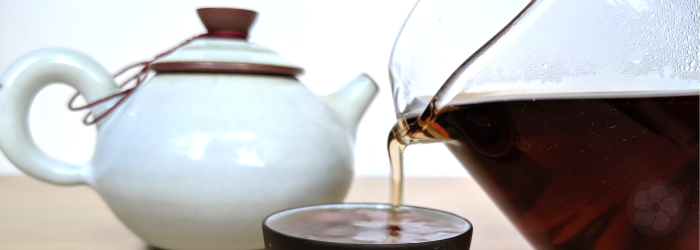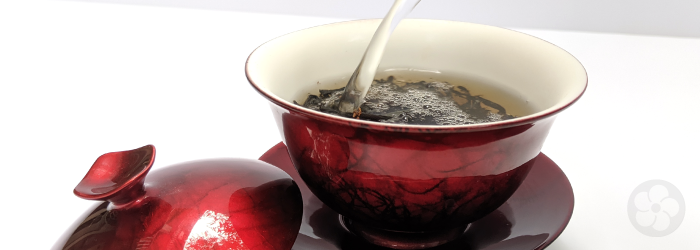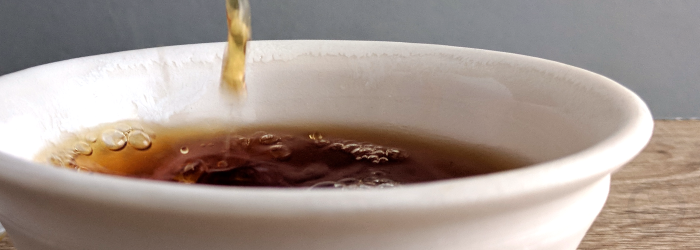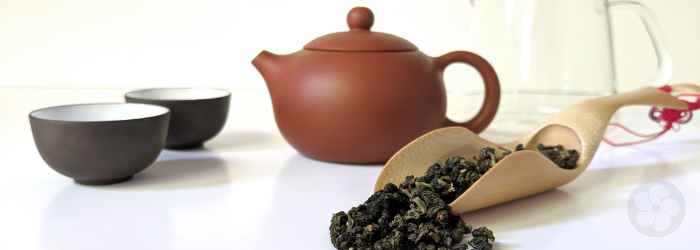Understanding Tea Identity: 5 Teas Defined by Variety
Teas are often named for the variety of Camellia sinensis they are plucked from. Over the long history of tea cultivation, farmers have developed thousands of distinct varieties in pursuit of specific flavor profiles or adaptations for particular terroir. These cultivated varieties, or ‘cultivars’ form one of the four pillars of any tea’s identity.
Continue reading

